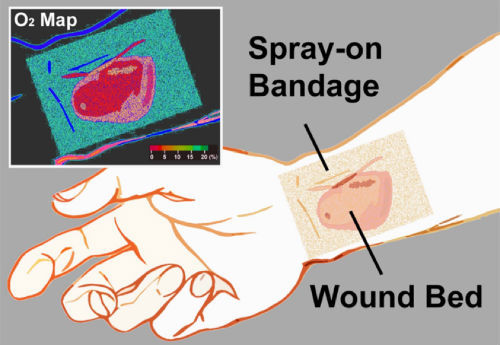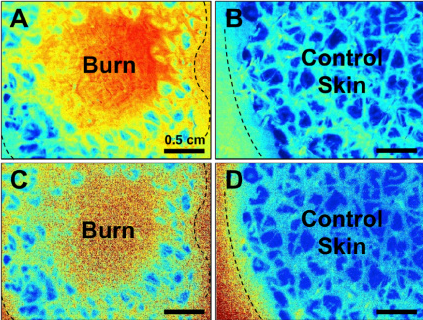One of the cornerstones of allopathic medicine is the use of drugs to treat disease conditions. And unfortunately, one of the side effects of using drugs to treat problems is the production of side effects(!).
In trauma care, even something as simple as treating pain from an injury can create major problems. Give a narcotic pain medication. The patient gets nauseated and vomits. Try a different narcotic. The patient develops constipation. Give stool softeners and cathartics. Diarrhea. Then pseudo-obstruction develops. Give neostigmine. The patient becomes bradycardic. Give… well, you get the picture.
How common are side effects? Very! Did anyone see the first TV commercials for Chantix, the smoking cessation drug? It was about 3 minutes long because of the long list of side effects that were described. I’m surprised anyone was willing to risk them just to stop smoking cigarettes.
A recent study looked at the number of side effects listed on the labels of 5,602 medications approved by the FDA. There were a grand total of 534,125 adverse drug effects described in the packaging. Some interesting statistics:
- The number of adverse effects for ranged from 0 to 525(!) for a single drug
- The median number of adverse effects was 49, the average was 70
- Drugs with the most side effects are used in neurology, psychiatry and rheumatology
- Newer drugs had significantly more adverse effects than older ones
It’s certainly easy to bash pharmaceutical companies on their products. But some of these findings may be due to more rigorous testing and monitoring, as well as nuances in the populations in which these drugs are used.
Bottom line: Drugs are chemicals! Each chemical has a number of effects, some of which are desirable, and some of which are not. The drug companies choose to market a drug based on one desired effect (e.g. control of nausea). Just remember, when you give that medication, you will probably get the desired effect, but you will just as likely also get some of the other 69 possible side effects. Be prepared, and prescribe sensibly.
Reference: A quantitative analysis of adverse events and “overwarning” in drug labeling. Arch Int Med 171(10):944-946, 2011.



